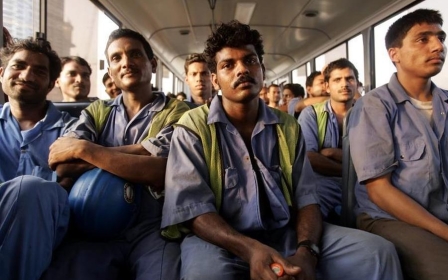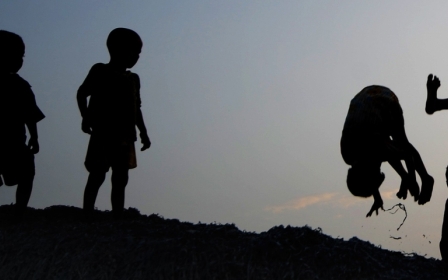
In pictures: How I built my luxury home, by India’s Gulf migrants
Kerala in south-western India has long benefited from the Gulf boom (the undated photo above shows Keralites preparing to depart). An estimated 1.9 million Keralites worked in the region in 2018, sending home US $12bn, of which a third (around $4bn) is spent on construction. Top picture: EPS Bava migrated to Saudi Arabia to run a restaurant and textile business. “Some neighbours questioned my decision to build such a big house. I replied: 'If you earn money, you'd do the same'. A few years later some big houses got constructed in the area.” (MEE/Sebastian Castelier)

Fifty years ago, just before migration began in earnest, Kerala’s road network - shown here in Kozhikode - was a tenth of its current size, with only a third of the hospitals and a seventh of the factories. “The whole development of Kerala happened thanks to the migration process,” says Rony Thomas Rajan, assistant professor at the Department of Economics at the University of Kerala. (MEE/Sebastian Castelier)
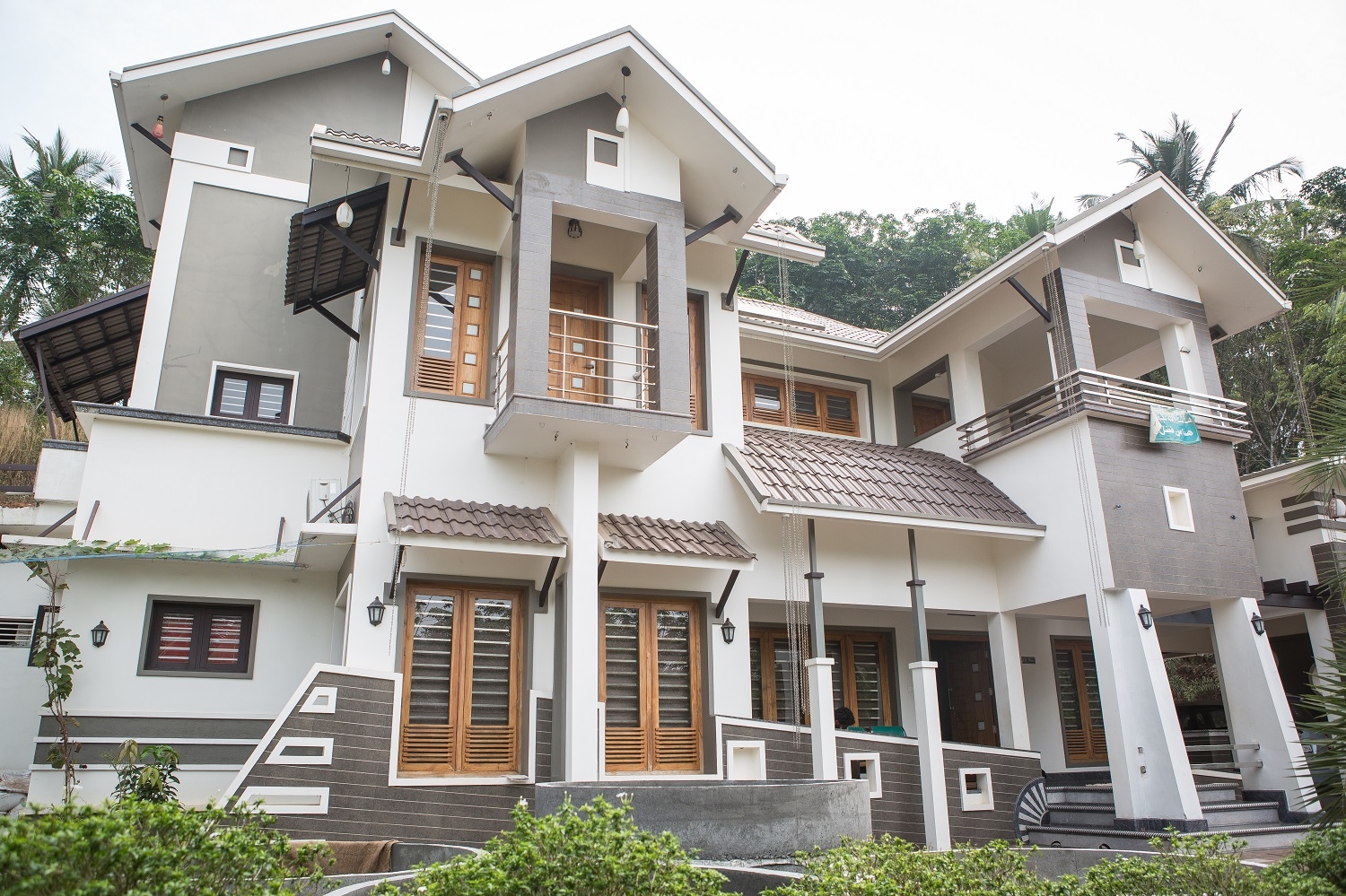
Homes bought with Gulf wages pepper rural Kerala, such as this 3,000 sq ft villa built in Kallenthode for $150,000 by a 40-year old migrant worker working in Saudi since 2002 . Abdul Azeez Alangadan, 58, a neighbour and former migrant himself, says that such projects are spurred on by rivalry among villagers to “get the biggest house ever”. (Sebastian Castelier/MEE)

Kamarudheen Pulath, 28, has run an Indian restaurant in Dubai with his brother since 2009. “We open at 5am and close at 1 am, seven days per week,” he says. “During our first years in the business, we did not employ any staff but rather worked alone. Nowadays, the restaurant serves about 1,500 customers per day and generates a consequent turnover”. (MEE/Sebastian Castelier)

Back home, Pulath, pictured here with his son, Mohammed, has been able to build a 2,750 sq ft house and now splits his time between Dubai and Kerala. “I wish to educate my son and help him settling down in Kerala,” he says. “This way he can build a family and develop stable friendships in parallel with a job” (MEE/Sebastian Castelier).

Usman Thondiyan, 55, received little education but worked as a sofa maker in Saudi Arabia for 17 years, earning from $200 to $400 per month: he now owns a rubber plantation and 1,500 sq. ft house in Kallenthode. “I feel proud of having successfully achieved my life-goals. I thanked God many times and will never forget that everything we have in our village is thanks to the Gulf migration.” (MEE/Sebastian Castelier)

Kodiyil Abdul Azeez, 45, lays on a suspended bed at the entrance to his mansion, build in 2007 after years as a tailor in the UAE. Although Kerala’s population is predominantly Hindu, about 40 per cent of the emigrants from Kerala are Muslims. (MEE/Sebastian Castelier)
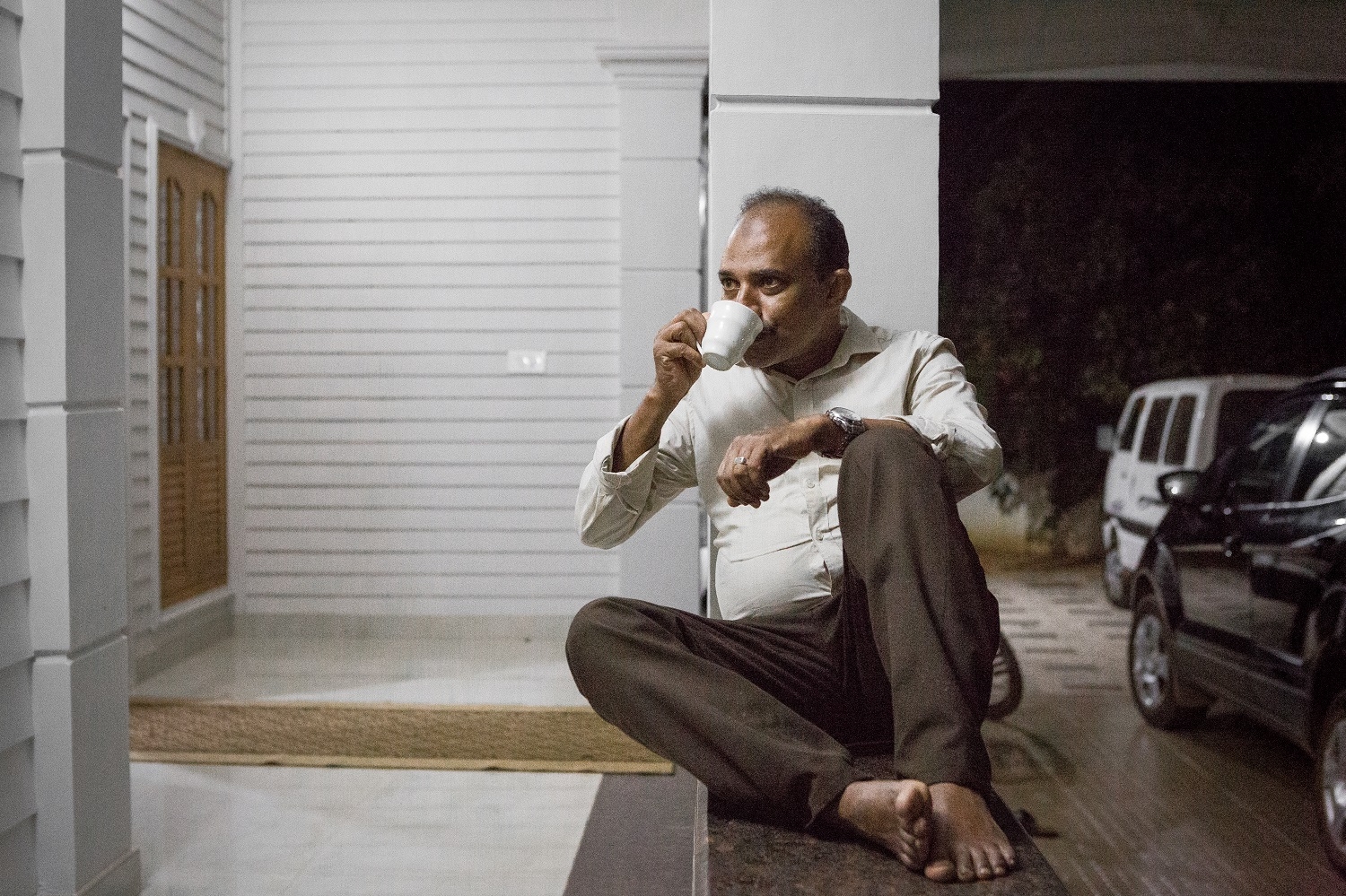
Ashraf Thevarmannil, 52, built his home in Mukkam in 2012 after decades in Saudi Arabia, saving up to half of his monthly income. “My dream was to have a space to park the car next to the front door of the house,” he says. When his Saudi employer visited the house, a few months later, Thevarmannil threw a party for the village. (MEE/Sebastian Castelier).

But for every tale of success, there are many who are less fortunate. Obtaining a work visa in the Gulf often means navigating a morass of corruption and inflated and illegal fees. Many see it as a long-term investment but are still at risk from widespread human rights abuses: it is estimated that some 600,000 migrants suffer forced labour in the region (MEE/Sebastian Castelier).

Narayanan Pushpavally, 59, worked successfully in the Gulf before arriving in Saudi Arabia in 2015 to pay for the repairs on her mud house. But she was trafficked and sold to a family living near the border with Yemen, beaten and shot. She arrived back in India in March 2016 and has survived on her neighbours’ generosity. (MEE/Sebastian Castelier)
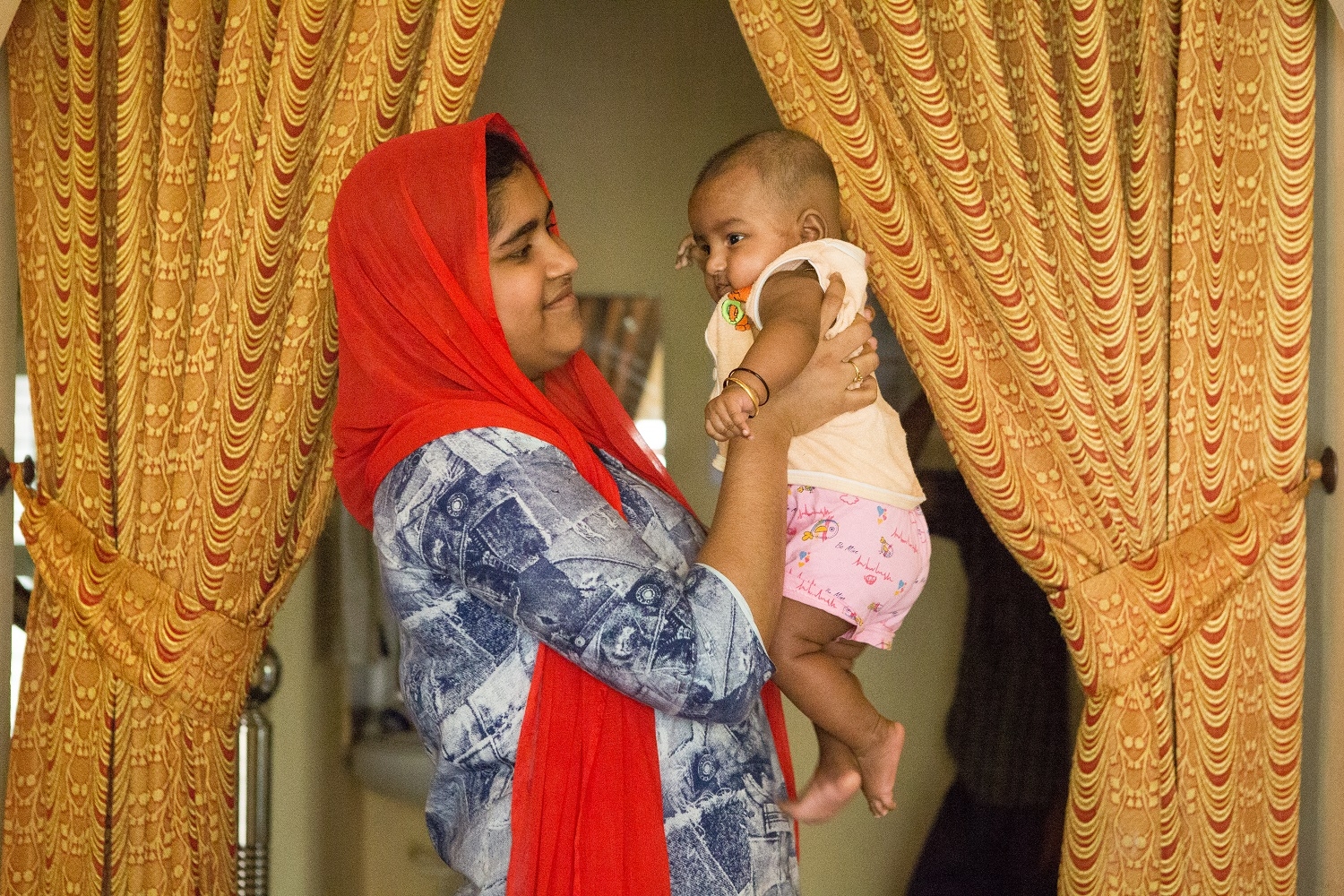
The migrant workers, who are often male, leave behind families, such as Rania Shafeeq, daughter-in-law of Abdul Azeez Alangadan. Following the 2014 oil slump, fewer Keralites migrated: an estimated 300,000 have now returned to Kerala since 2013, disrupting a remittance-dependent society that is built on personal wealth rather than a self-sufficient local economy. “The Gulf dream is fading away,” says Rajan. (MEE/Sebastian Castelier)
Middle East Eye delivers independent and unrivalled coverage and analysis of the Middle East, North Africa and beyond. To learn more about republishing this content and the associated fees, please fill out this form. More about MEE can be found here.


